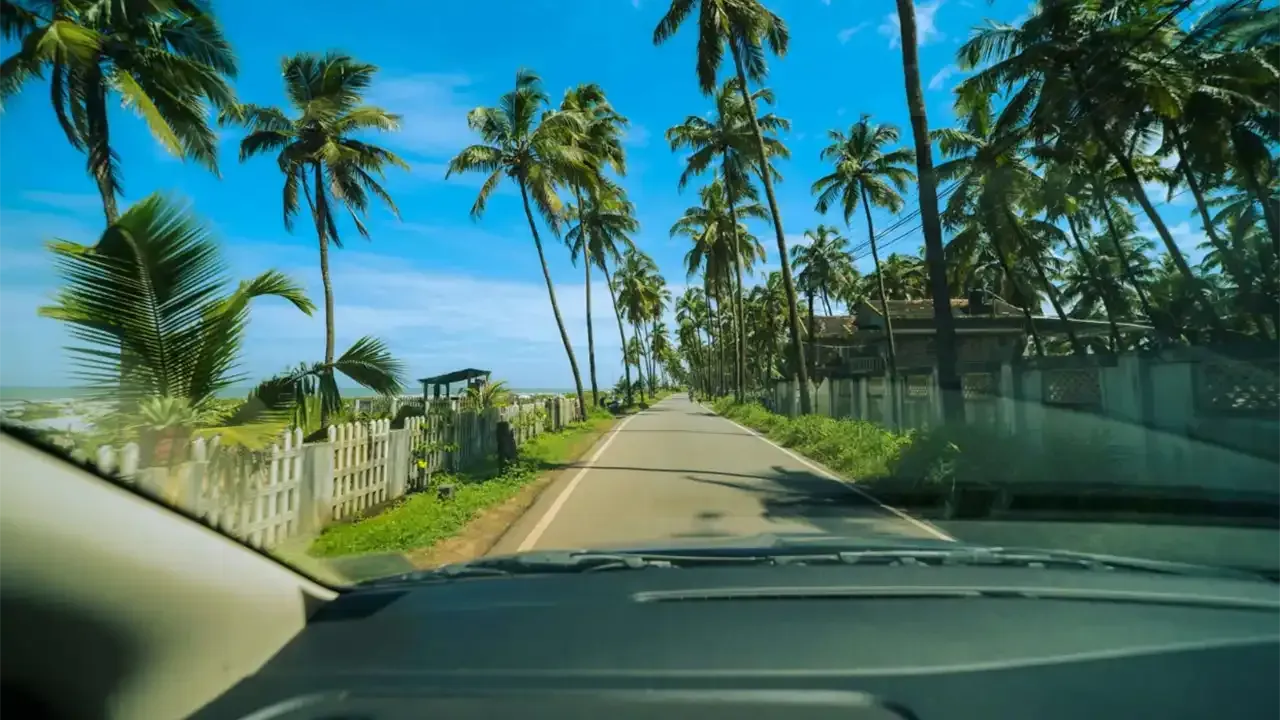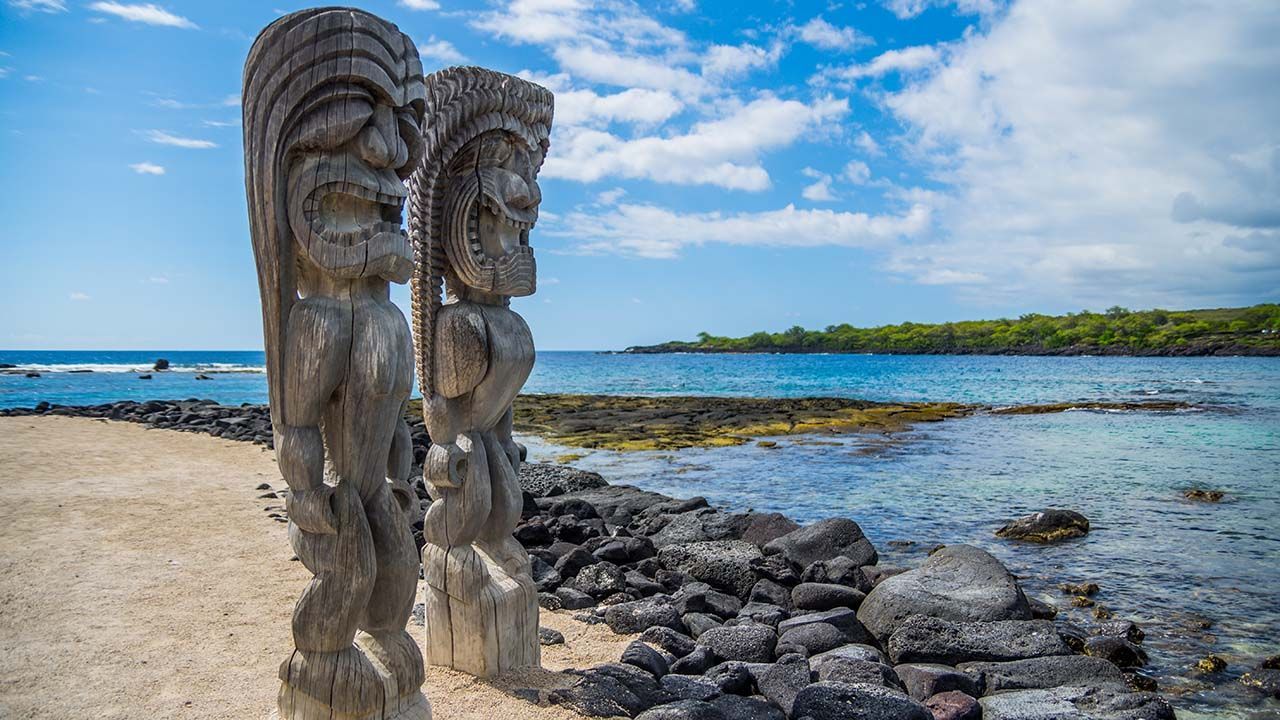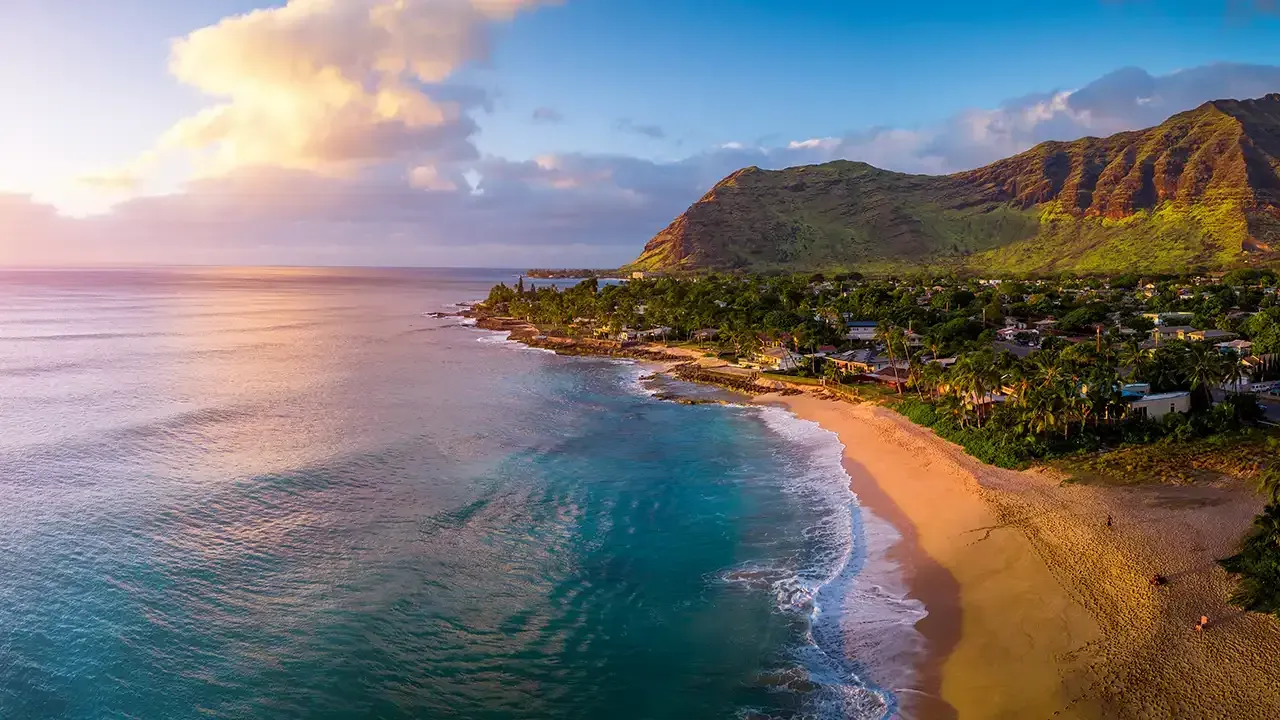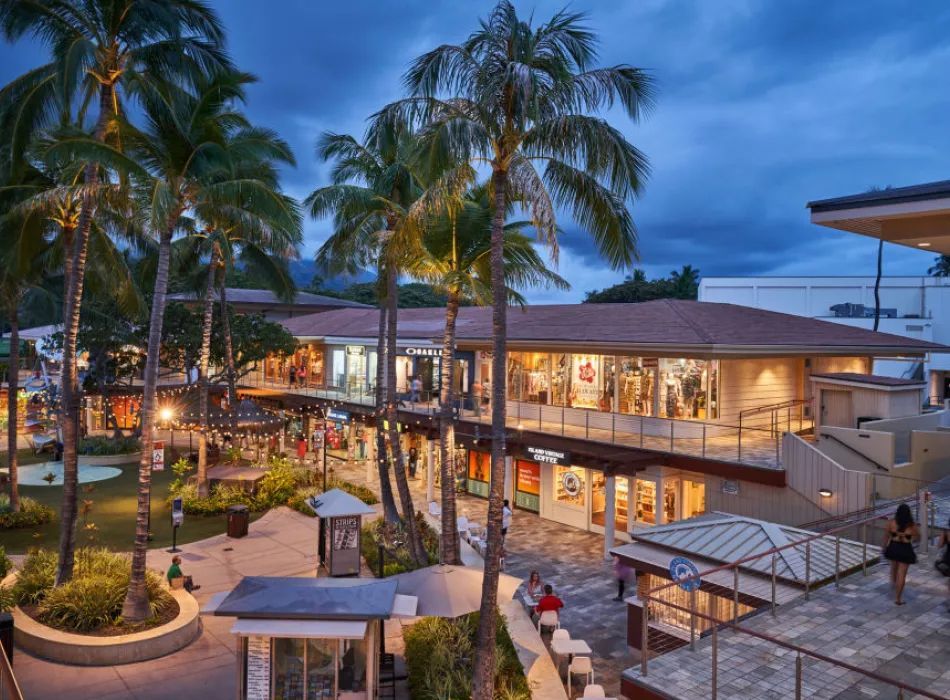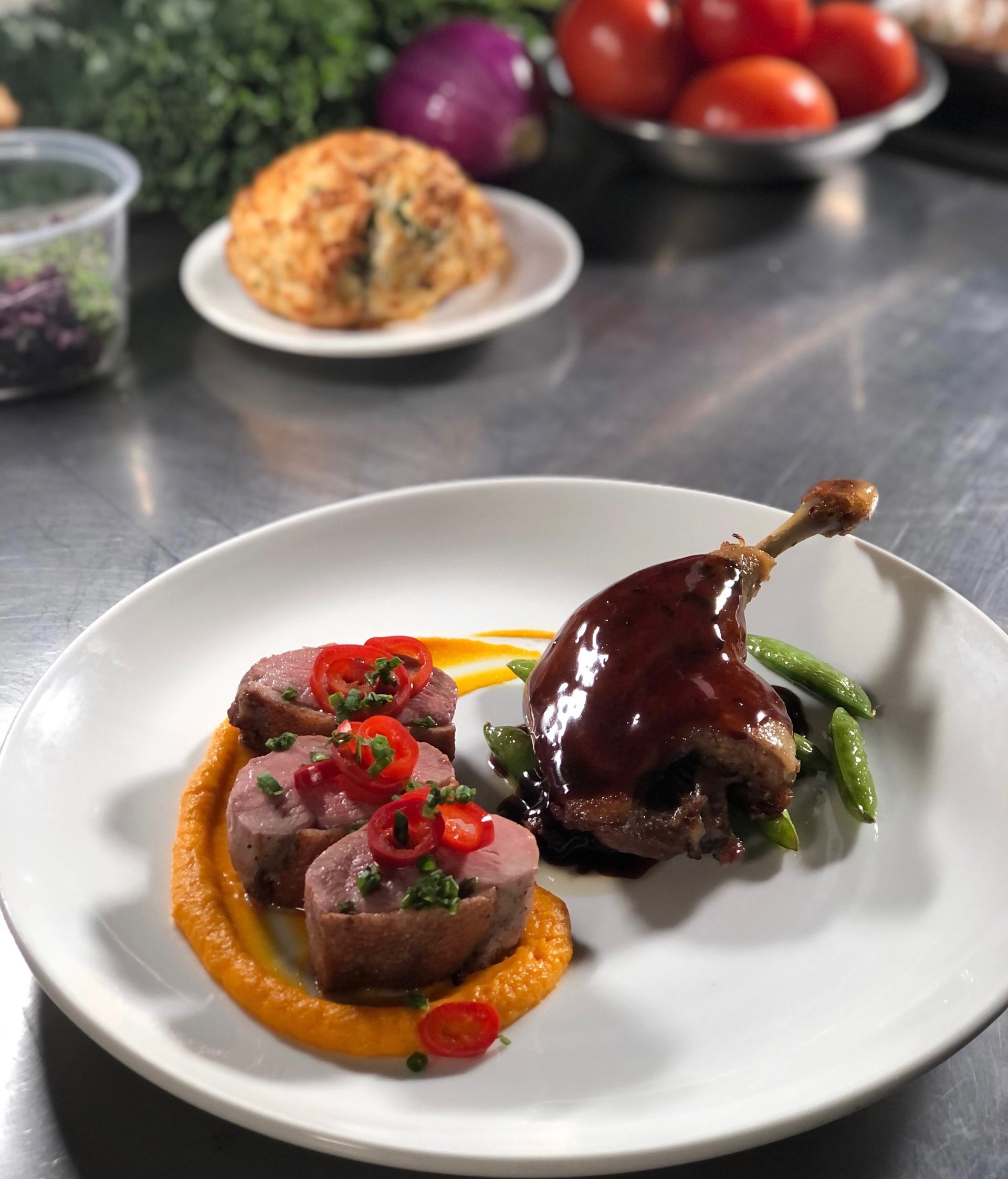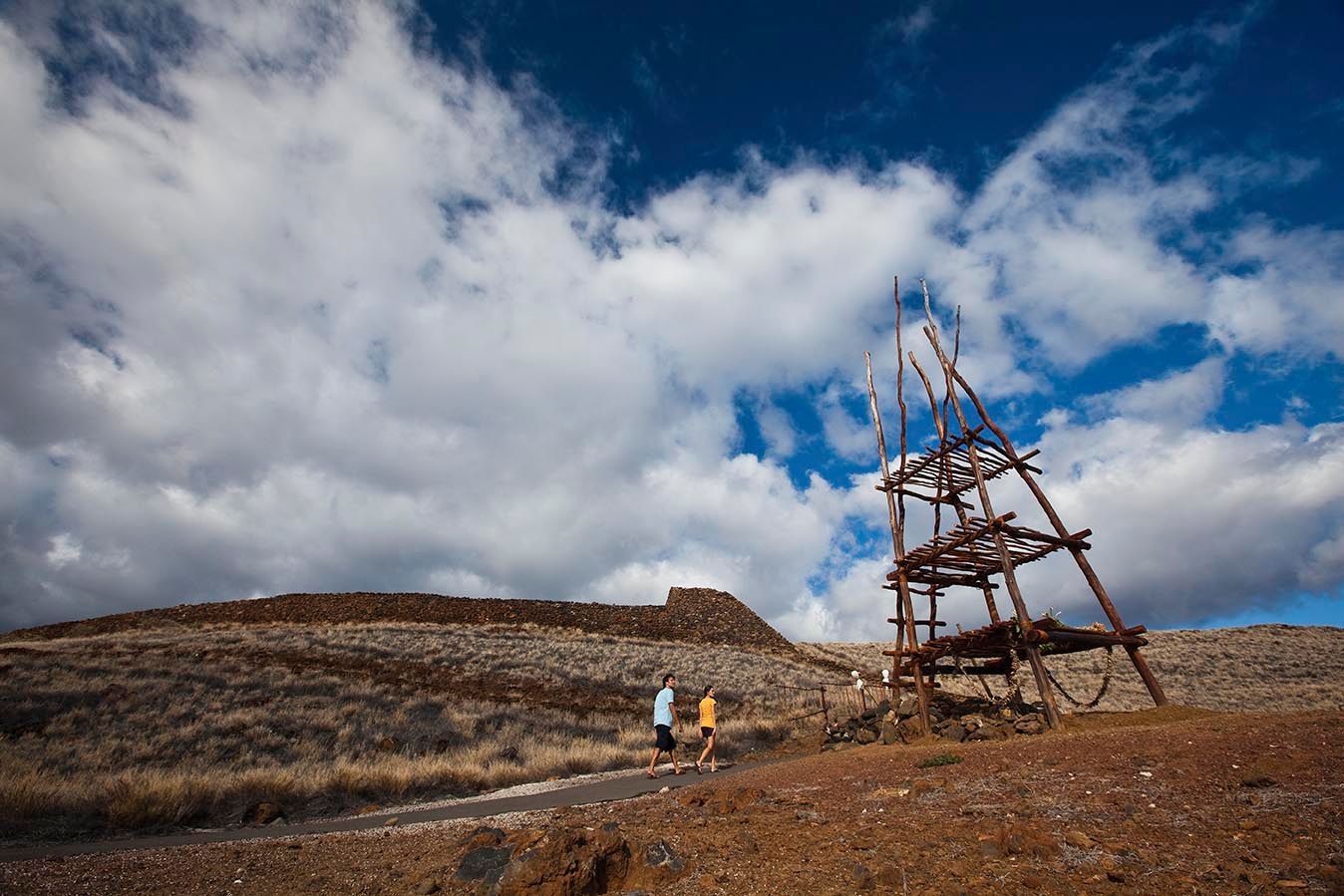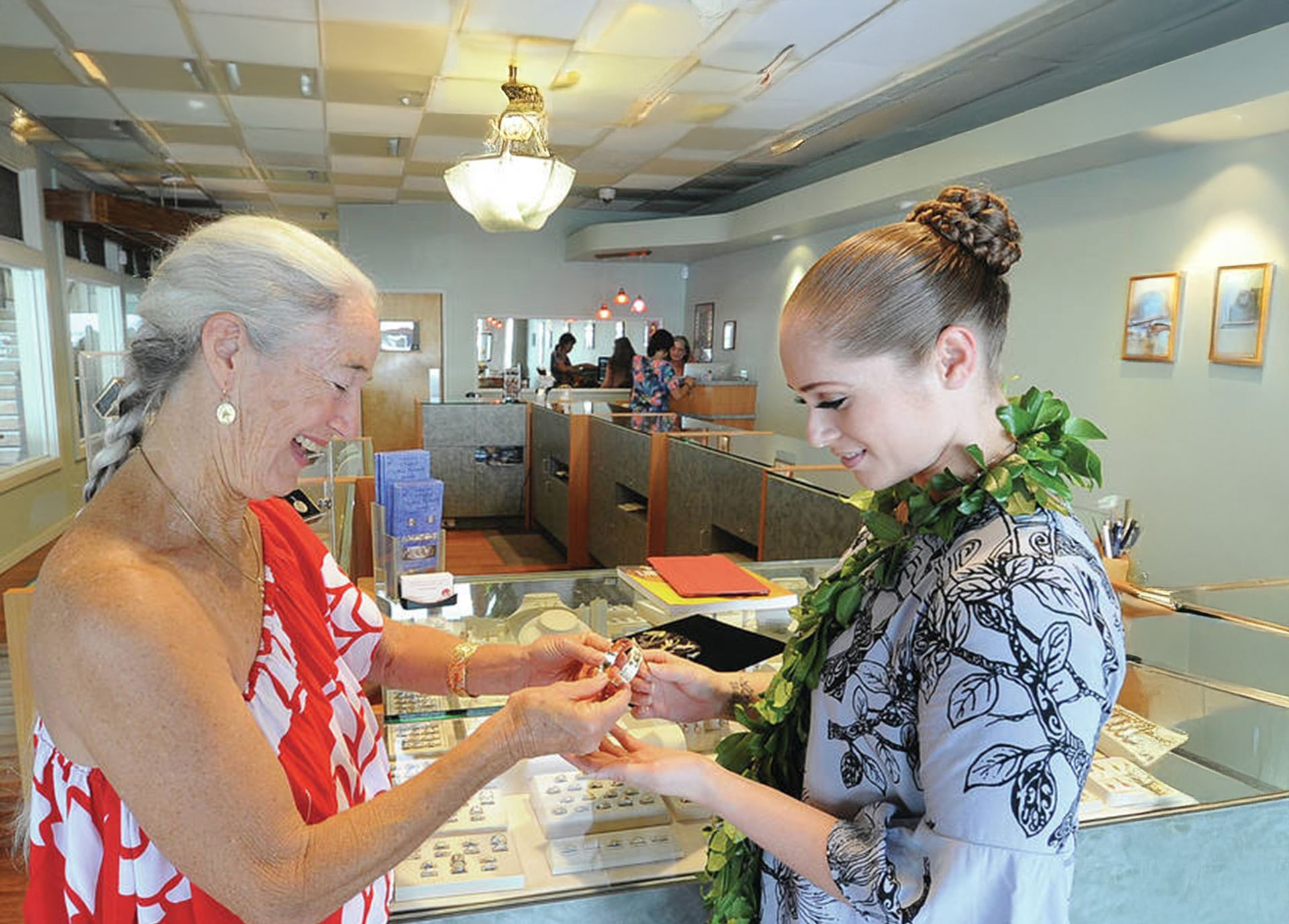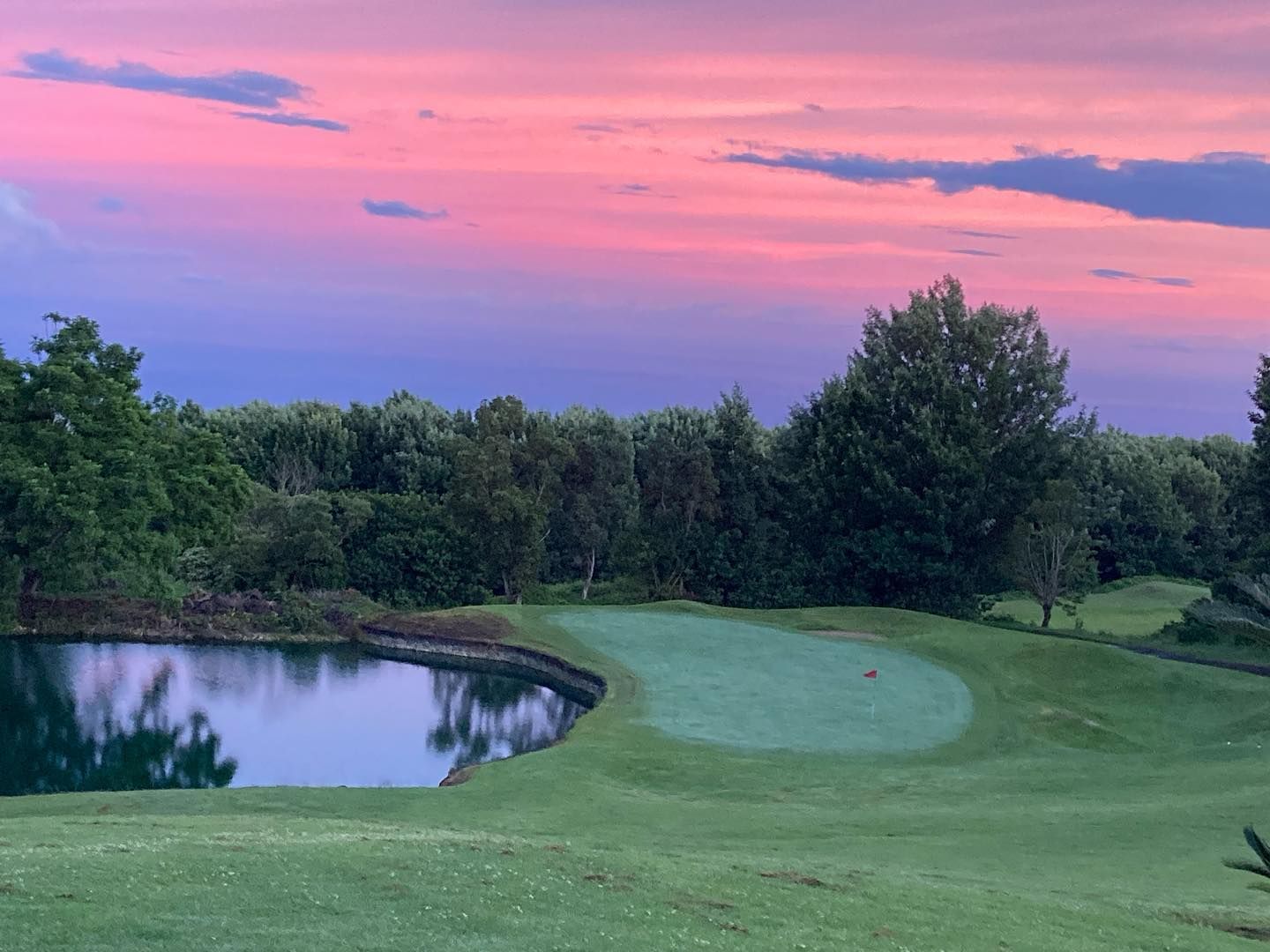What Is Each Hawaiian Island Known For?
Each Hawaiian Island offers a unique rhythm, personality, and charm that distinguish it from the others. Whether you’re dreaming of exciting surf and lively nightlife, tranquil beaches and lush rainforests, or luxurious resorts and breathtaking scenic drives, Hawaii’s islands each tell their own captivating story.
Here’s a closer look at what makes every island in the Aloha State truly special and worth exploring.
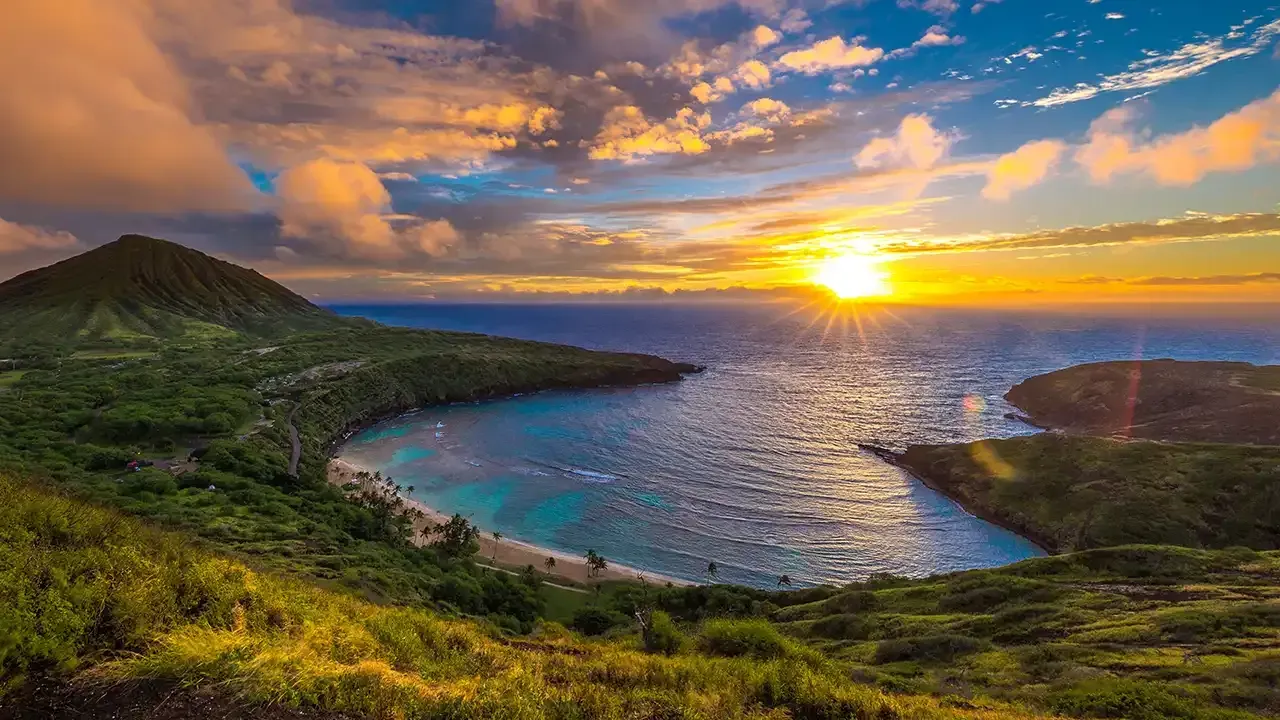
Oahu: The Gathering Place
Oahu is the most populous and visited island, often referred to as “The Gathering Place.” It’s where modern city life meets tropical paradise.
What Oahu is Known For:
- Waikiki Beach and Honolulu: The island’s capital blends city energy with beachside beauty. Waikiki is renowned worldwide for its pristine white-sand beaches, world-class surf breaks, and luxurious resorts. Honolulu is also home to Ala Moana Center, the world’s largest open-air shopping mall, offering a mix of luxury, local boutiques, and dining options.
- Surfing History: While surfing was originally created by Polynesians, Oahu became known as the birthplace of surfing, popularized by Duke Kahanamoku—whose statue stands proudly in Waikiki. The island's legendary surf spots include the Banzai Pipeline, Sunset Beach, and Waimea Bay on the North Shore.
- Historical Sites: Pearl Harbor National Memorial is a historical site honoring those lost in World War II, offering visitors a glimpse into the past through its museums, memorials, and preserved artifacts. The Iolani Palace is another significant landmark celebrating Hawaii’s royal heritage and remembering the history of Hawaiian monarchy.
- Diverse Culture and Cuisine: From traditional Hawaiian food to high-end dining, Oahu’s food scene is unmatched, offering everything from poke bowls to fusion cuisine. The island’s culinary landscape is a fusion of its multi-culture heritage, influenced by Hawaiian, Japanese, Filipino, Korean, and Portuguese flavors.
Best suited for: First-time visitors, families, and anyone seeking a blend of beaches, a wide range of indoor and outdoor activities, and historical sites.
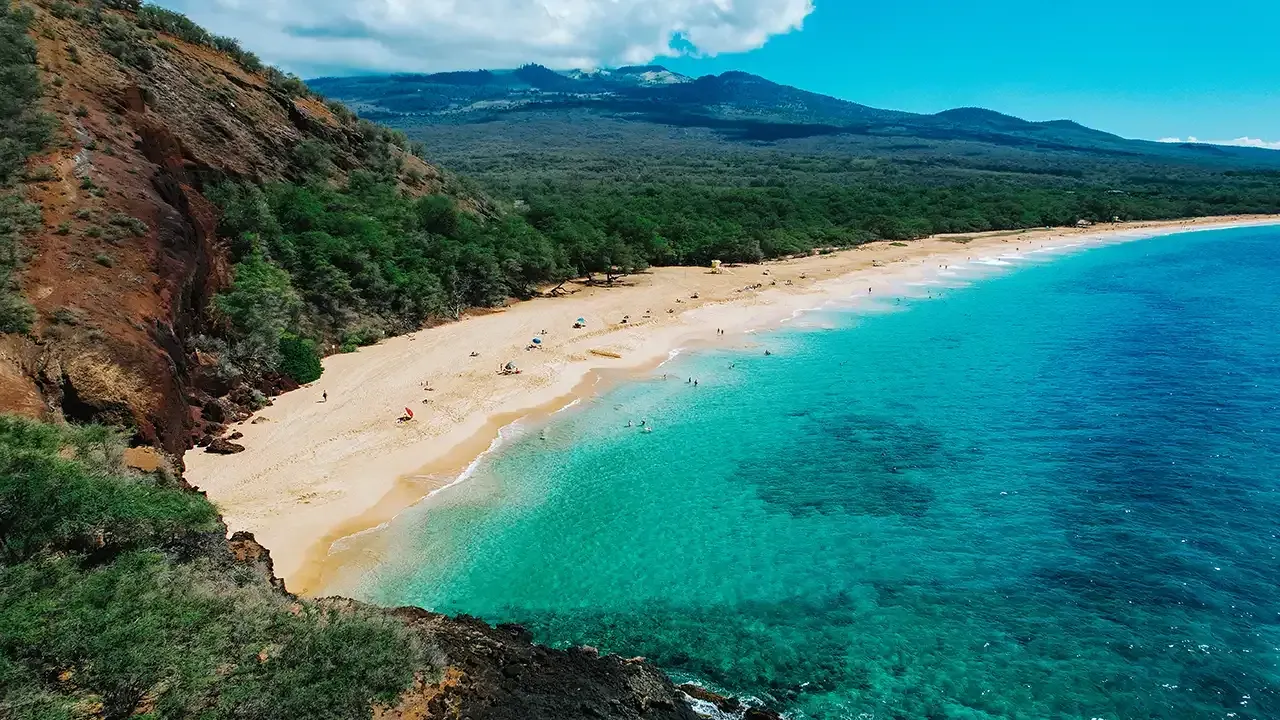
Maui: The Valley Island
Maui strikes the perfect balance between luxury, adventure, and relaxation. It’s known for its stunning coastal drives, lush valleys, and world-class resorts.
What Maui is Known For:
- Road to Hana: A breathtaking drive that leads to rainforest, waterfalls, hikes, and ocean cliffs—this is one of Hawaii’s most iconic experiences. Some of the best stops include Wailua Falls for an accessible waterfall, Hana Town for delicious local food, and ʻOheʻo Gulch (Seven Sacred Pools) for a short, yet breathtaking hike.
- Haleakalā National Park: The summit of this dormant volcano rises above the clouds, offering one of the most unforgettable sunrise or sunset views on Earth. Experienced hikers can descend into the crater via the Keoneheʻeheʻe Trail (Sliding Sands), where they’ll encounter extraterrestrial landscapes in stunning colors.
- Whale Watching: From December through April, thousands of humpback whales migrate from Alaska to Hawaii’s warm waters. West Maui offers one of the best whale watching opportunities, especially among Kaʻanapali Beach and Kahekili Beach, where sightings are common.
- Resort Destinations: Wailea and Kaʻanapali are renowned for their luxury resorts, championship golf courses, and stunning beaches. These coastal resorts feature world-class dining and luxurious spas, making it ideal for travelers who want to indulge.
Best suited for: Honeymooners, luxury travelers, and nature enthusiasts who appreciate a slower pace with high-end comfort.
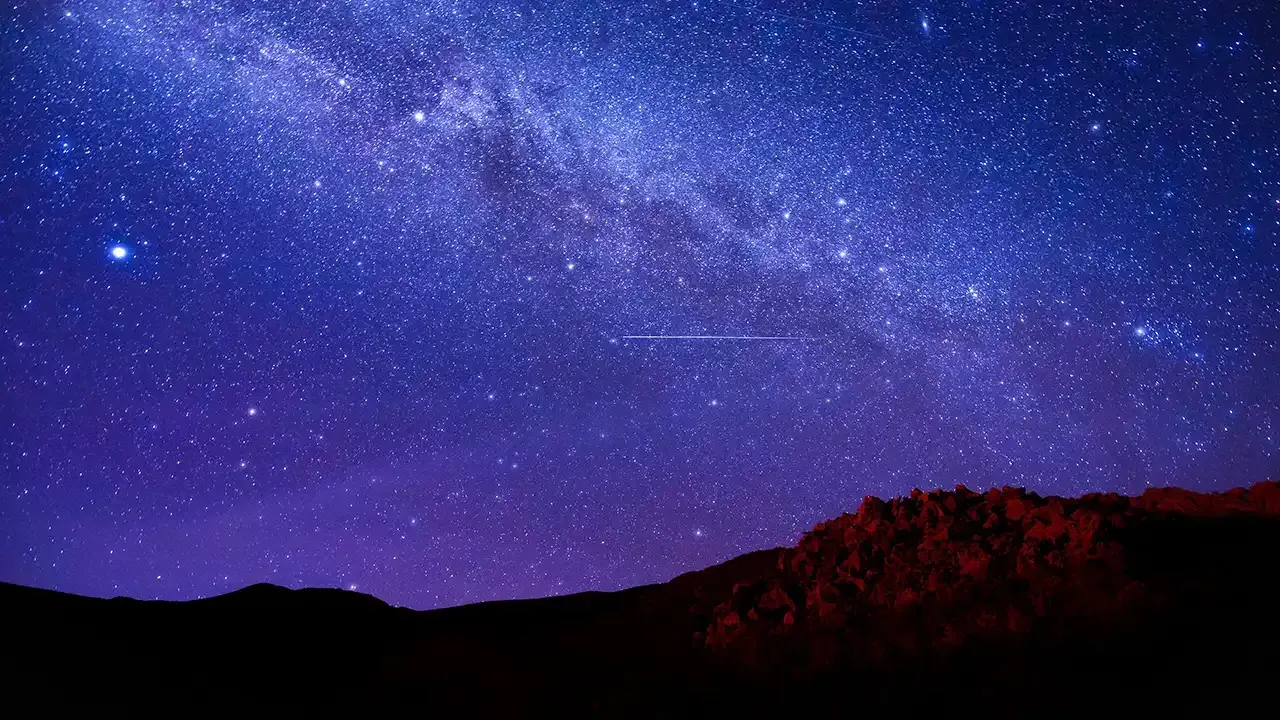
Hawaiʻi Island: The Big Island
The Big Island earns its nickname from its sheer size—it’s larger than all the other islands combined and offers some of the most diverse landscapes in the world.
What the Big Island is Known For:
- Volcanoes: Hawaiʻi Volcanoes National Park is home to two of the world’s most active volcanoes, Kīlauea and Mauna Loa. The island also features Mauna Kea, a dormant volcano that stands as the tallest peak on the island. Additionally, other extinct volcanoes, Hualalai and Kohala, contribute to the island’s dramatic volcanic landscape.
- Mauna Kea Stargazing: At nearly 14,000 feet above sea level, Mauna Kea is one of the best astronomical observation sites on Earth. Its high elevation, minimal light pollution, and clear skies make it a bucket list location to stargaze, spot constellations, and view the Milky Way.
- Coffee Country: Kona is world-renowned for its smooth, rich coffee grown in volcanic soil along the island’s western slopes. The Big Island’s unique climate of sunny mornings, cloudy afternoons, and mild nights, make it the perfect conditions to grow high-quality coffee beans.
Best for: Adventurers, geology enthusiasts, and anyone who wants to experience Hawaii’s raw natural power.
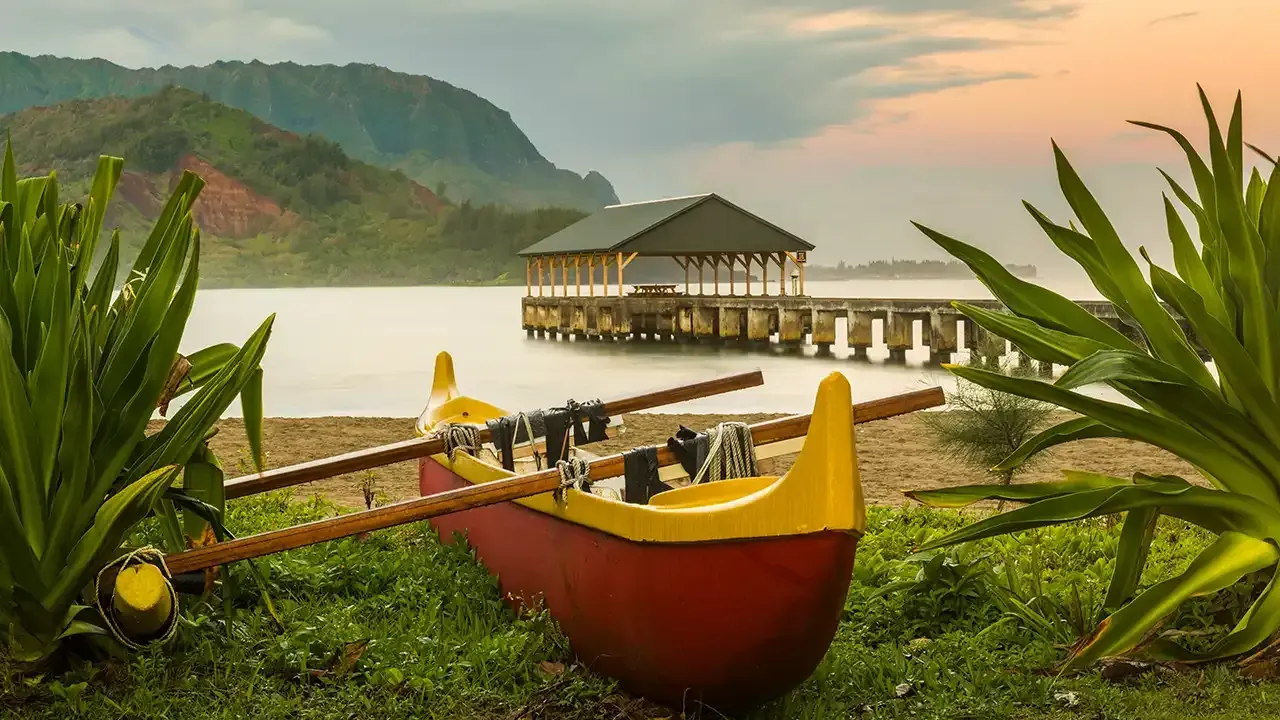
Kauai: The Garden Island
Kauai is the oldest and most lush of the Hawaiian Islands, earning its nickname from its deep green valleys and dramatic sea cliffs. It’s a place where nature still reigns supreme.
What Kauai is Known For:
- Na Pali Coast: Towering emerald cliffs and hidden beaches make this coastline one of the most photographed in the world. Boat tours, helicopters, and hiking trail offer unique ways to explore different perspectives of the island’s natural beauty.
- Waimea Canyon, known as the “Grand Canyon of the Pacific,” stretches 14 miles long and 3,000 feet deep, featuring red, orange, and green layers. Exploring the canyon can easily fill an entire day, with opportunities to hike scenic routes, view panoramic lookout points, enjoy a picnic, or join a guided tour.
- Hanalei Bay: Hanalei Bay is a picturesque crescent-shaped beach surrounded by mountains—perfect for water activities or soaking in the scenery. For a magical sunset, Hanalei Pier is the spot to watch the sun dip behind the mountains, casting golden hues across the bay.
- Rainforests and Waterfalls: Two of the most accessible falls on the island are Wailua Falls and Opaeka’a Falls. Wailua Falls is a breathtaking, double-tiered 170 feet waterfall on the east side of Kauai. Nearby, Opaeka‘a Falls drops 151 feet and offers across the scenic Wailua River across the road.
Best for: Outdoor explorers, photographers, and travelers seeking tranquility and natural beauty.
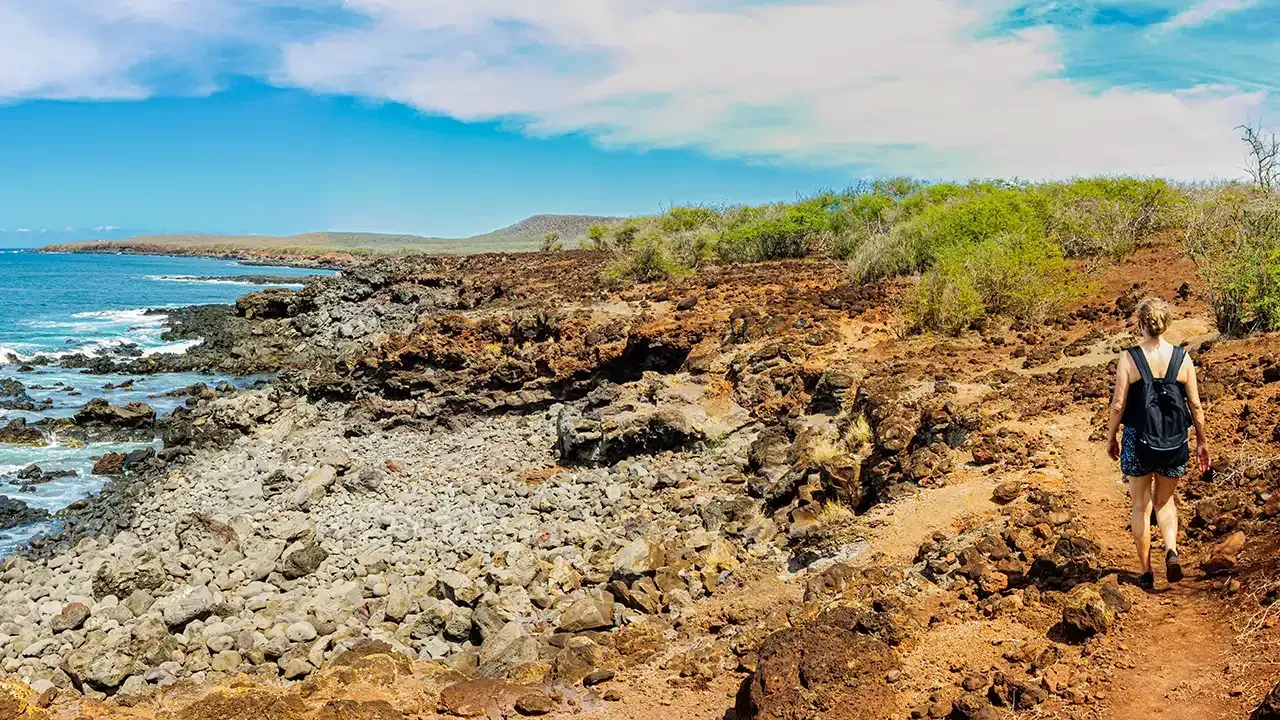
Molokaʻi: The Friendly Isle
Molokaʻi remains one of Hawaii’s least developed islands, preserving a strong sense of community and traditional Hawaiian culture.
What Molokaʻi is Known For:
- Kalaupapa National Historical Park: Once a leprosy settlement in the 1800’s, this remote area tells the powerful story of Father Damien and the thousands of Native Hawaiians who were isolated there.
- Untouched Landscapes: With no high-rise hotels or big resorts, Molokaʻi feels like a step back in time. Expect empty beaches and star-filled skies.
- Cultural Preservation: Many residents still practice traditional farming, fishing, and hula.
- Hālawa Valley: A sacred valley where visitors can hike to waterfalls and learn about ancient Hawaiian traditions.
Best for: Travelers seeking a quiet, culturally rich, and authentic island experience.

Lānaʻi: The Pineapple Island
Once dominated by pineapple plantations, Lānaʻi is now known for luxury and exclusivity. Though small, it’s packed with character and hidden treasures.
What Lānaʻi is Known For:
- Luxury Retreats: The island is home to two world-class Four Seasons resorts—one overlooking Hulopo‘e Bay and another in the cool uplands.
- Garden of the Gods (Keahiakawelo): A striking, Mars-like landscape of red rock formations shaped by centuries of wind erosion.
- Off-Road Exploration: Most of Lānaʻi’s roads are unpaved, making it perfect for 4x4 adventures.
Best suited for: Couples and luxury travelers seeking privacy, serenity, and a touch of adventure.
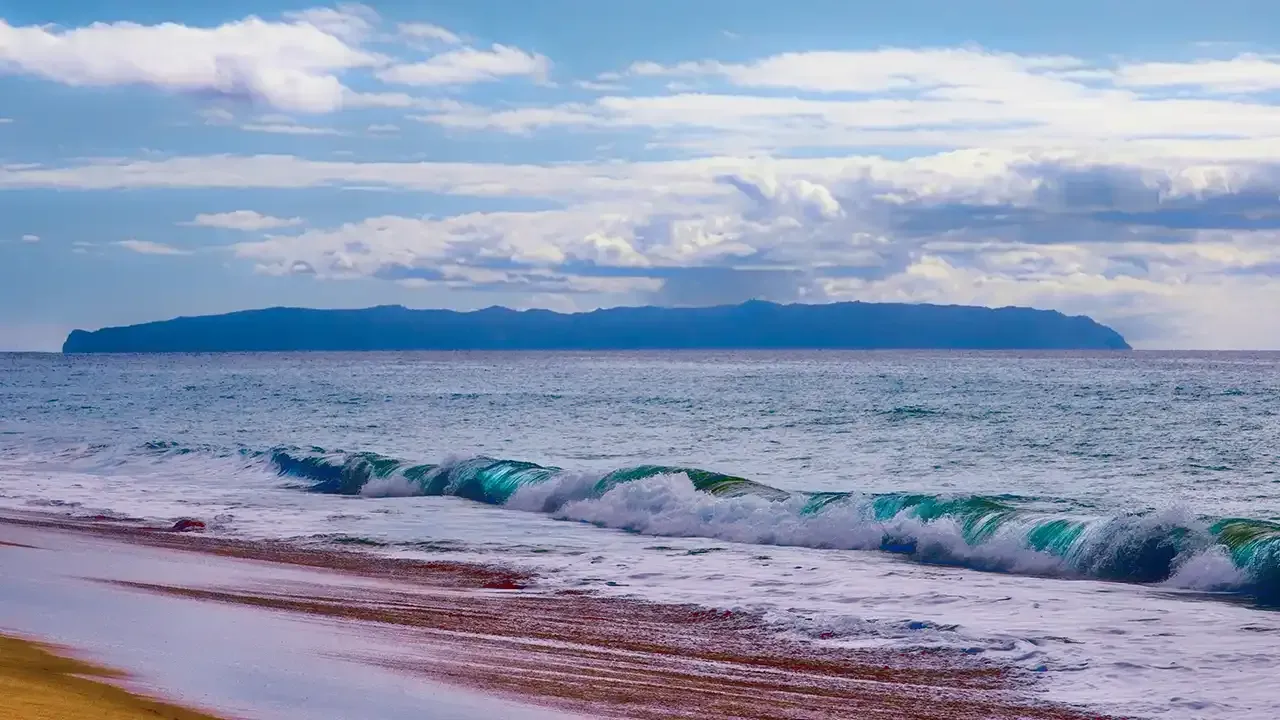
Niʻihau: The Forbidden Island
Niʻihau is the least accessible of the inhabited islands, privately owned and home to a small Native Hawaiian population. Visitors are rarely permitted to preserve their traditional lifestyle.
What Niʻihau is Known For:
- Cultural Preservation: Hawaiian is still spoken as the primary language, and residents live primarily off the land and sea.
- Pristine Nature: With no paved roads or modern infrastructure, Niʻihau remains virtually untouched.
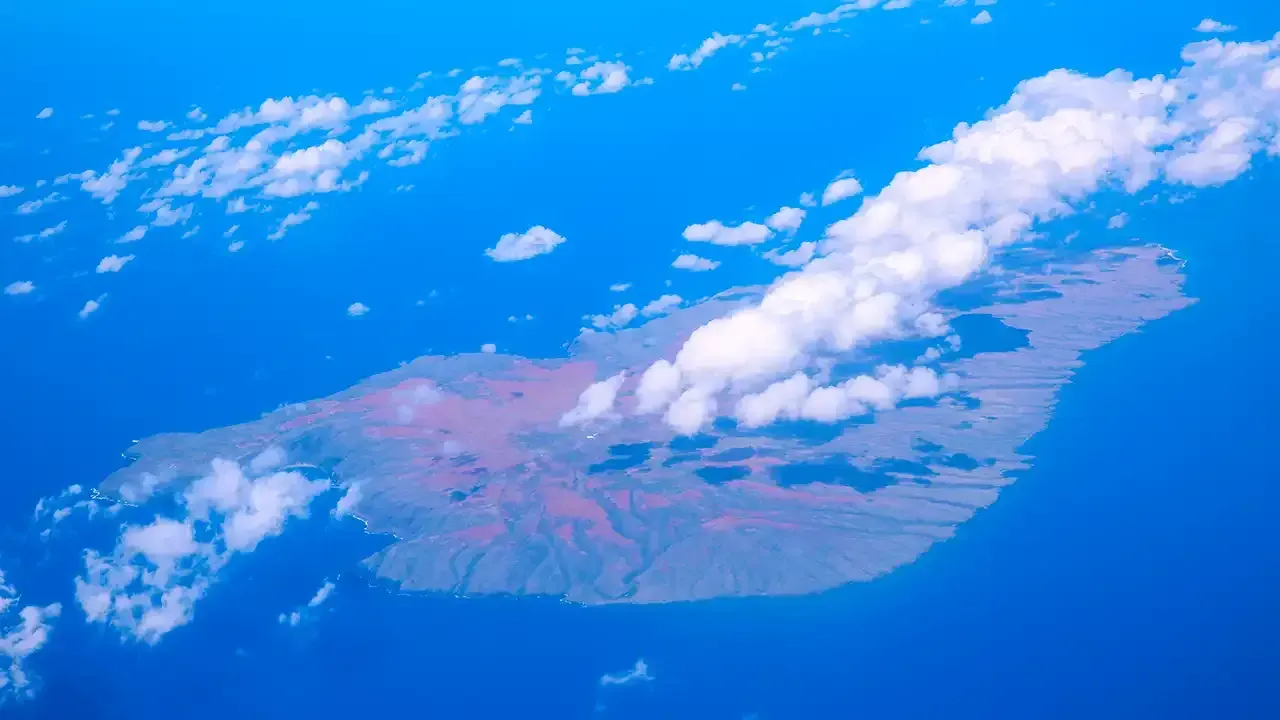
Kahoʻolawe: The Sacred Island
Kahoʻolawe is uninhabited and holds deep cultural and spiritual significance. Once used as a military bombing range, it’s now being restored through conservation efforts.
What Kahoʻolawe is Known For:
- Cultural Significance: Considered sacred by Native Hawaiians, it’s used today for cultural and educational purposes rather than tourism.
- Restoration Efforts: The Kahoʻolawe Island Reserve Commission oversees reforestation and soil restoration projects.
- Limited Access: Only volunteers, researchers, and Native Hawaiian cultural practitioners are permitted to visit.
FAQs About Hawaii’s Islands
How many Hawaiian Islands are there?
There are eight main islands: Oʻahu, Maui, Hawaiʻi (Big Island), Kauaʻi, Molokaʻi, Lānaʻi, Niʻihau, and Kahoʻolawe.
Which island should first-time visitors go to?
Oahu or the Big Island are generally the most popular for first-time visitors because it offers a balance of beaches, culture, dining, and attractions. However, the other major islands, Kauaʻi and Maui, offer their own unique highlights.
What’s the best island for outdoor adventure?
Kauaʻi and the Big Island both offer incredible hikes, waterfalls, and rugged landscapes that appeal to nature lovers.
Which island is best for a honeymoon?
Maui is the top choice for honeymooners, thanks to its luxury resorts, romantic beaches, and scenic drives.
Can you visit multiple islands in one trip?
Yes. Inter-island flights make it easy to hop between islands, though each deserves at least a few days to explore.
All of Hawaii is worth visiting!
From Oahu’s surf breaks to Kauai’s lush cliffs and the Big Island’s fiery volcanoes, there's an island that perfectly matches your travel style. If you’re seeking adventure, relaxation, or a deeper connection to Hawaiian culture, it’s crucial to do your research. By understanding the activities available on each island, you can make an informed decision that will enhance your vacation experience. We also have a fantastic guide to help readers choose what Hawaiian Island to visit!

